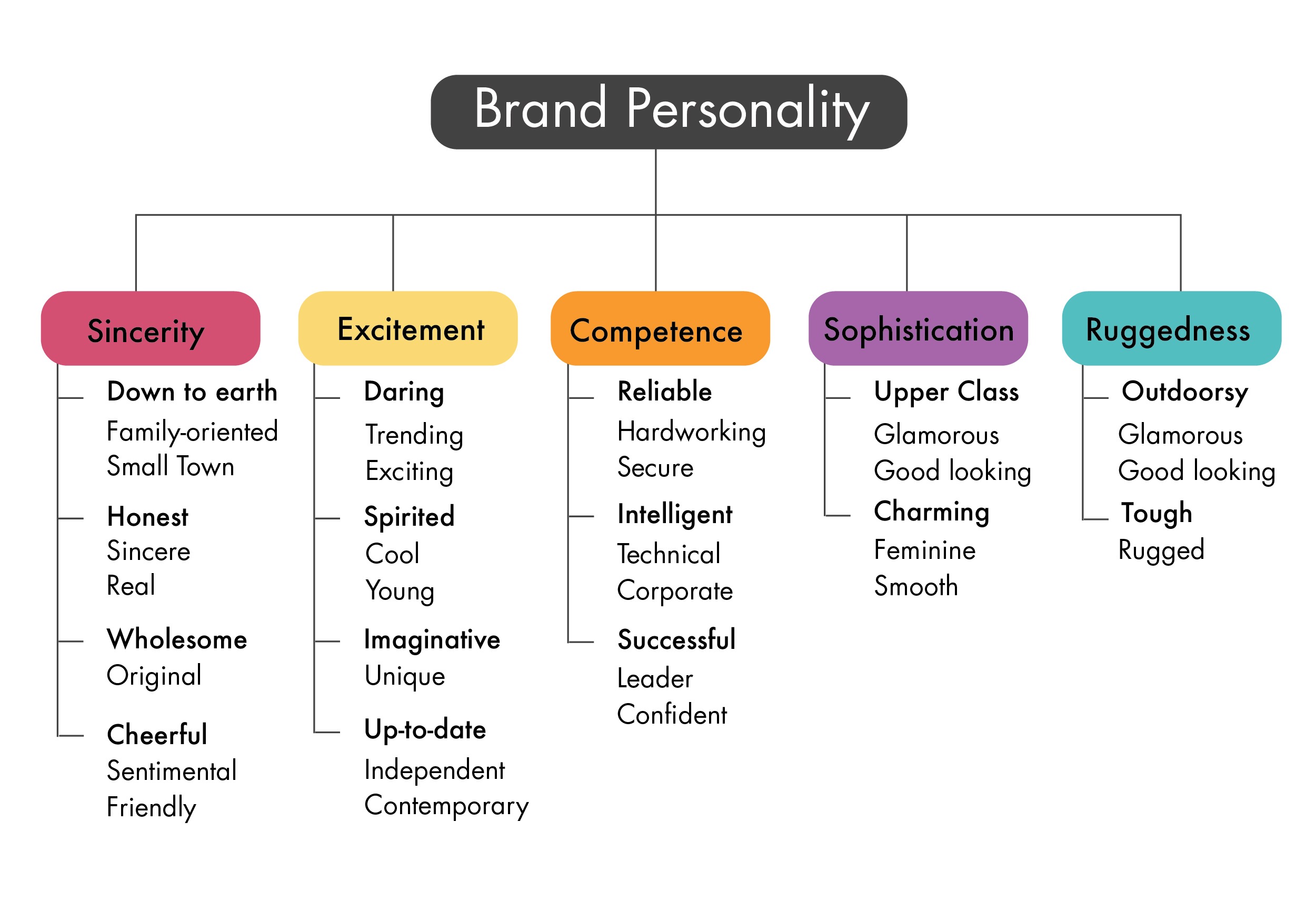How to Create a Unique Brand Identity: A Step-by-Step Guide

In today's crowded marketplace, standing out is not just an advantage—it's a necessity. Your brand is more than just a logo; it's the essence of your business, the heartbeat that sets you apart from competitors. So, how do you create a unique brand identity that resonates with your audience? Let's dive in and explore the steps to crafting a brand that stands out.
Understanding Brand Identity
Brand identity is the sum of all the elements that make up your brand—from your logo and color scheme to your brand voice and mission statement. It's what makes your brand recognizable and memorable. Think of it as the DNA of your business, the unique fingerprint that sets you apart.
Step 1: Define Your Brand Mission
Your brand mission is the cornerstone of your identity. It's the "why" behind your business. What drives you? What problem are you solving? Your mission should be clear, concise, and inspiring. For example, Nike's mission is "To bring inspiration and innovation to every athlete in the world." This mission guides everything they do, from product design to marketing campaigns.
Step 2: Establish Brand Differentiation
In a sea of competitors, how do you stand out? Brand differentiation is about identifying what makes your brand unique. This could be your product features, your customer service, or your company culture. Apple, for instance, differentiates itself through innovative design and user experience. What's your unique selling proposition?
Step 3: Develop Your Brand Personality
Just like people, brands have personalities. Your brand personality is the set of human characteristics associated with your brand. Is your brand playful and fun, like Coca-Cola? Or is it sophisticated and elegant, like Chanel? Your brand personality should align with your target audience and reflect your brand values.
Step 4: Craft Your Brand Voice
Your brand voice is how you communicate with your audience. It's the language, tone, and style you use in your content. Is your voice formal and professional, like The New York Times? Or is it casual and conversational, like BuzzFeed? Consistency is key here. Your brand voice should be the same across all platforms, from your website to your social media posts.
Step 5: Ensure Brand Consistency
Consistency is the glue that holds your brand identity together. It's about ensuring that every interaction with your brand feels the same, whether it's visiting your website, reading your blog, or talking to your customer service team. Consistency builds trust and familiarity, making your brand more recognizable and reliable.
Step 6: Design Your Visual Identity
Your visual identity includes your logo, color scheme, typography, and imagery. It's the first thing people notice about your brand, so it's crucial to get it right. Your visual identity should be distinctive, memorable, and aligned with your brand personality. Think of Coca-Cola's iconic red and white color scheme or McDonald's golden arches. These visual elements are instantly recognizable and associated with their respective brands.

Step 7: Create a Brand Style Guide
A brand style guide is a document that outlines your brand's visual and verbal identity. It includes guidelines for your logo usage, color palette, typography, imagery, and tone of voice. A style guide ensures consistency across all your brand's touchpoints, from your website to your social media profiles. It's a roadmap for anyone creating content for your brand, ensuring that everything aligns with your brand identity.
Step 8: Implement and Monitor Your Brand Identity
Once you've defined your brand identity, it's time to implement it. This means applying your brand guidelines to all your marketing materials, from your website to your business cards. But the work doesn't stop there. You need to monitor your brand identity to ensure consistency and make adjustments as needed. Regularly review your brand's performance and gather feedback from your audience to see what's working and what's not.
Conclusion
Creating a unique brand identity is a journey, not a destination. It's about understanding your mission, differentiating yourself from competitors, and crafting a consistent and compelling brand personality and voice. Your brand identity is the heartbeat of your business, the essence that sets you apart and makes you memorable. So, are you ready to create a brand that stands out?
FAQs
Why is brand identity important? Brand identity is important because it makes your brand recognizable and memorable. It helps you stand out from competitors and build a loyal customer base.
What is brand differentiation? Brand differentiation is the process of identifying and communicating the unique aspects of your brand that set it apart from competitors.
How do I develop my brand personality? Developing your brand personality involves identifying the human characteristics that align with your brand values and resonate with your target audience.
What is a brand style guide? A brand style guide is a document that outlines your brand's visual and verbal identity, ensuring consistency across all touchpoints.
How do I monitor my brand identity? Monitoring your brand identity involves regularly reviewing your brand's performance and gathering feedback from your audience to ensure consistency and make adjustments as needed.

By following these steps, you'll be well on your way to creating a unique and compelling brand identity that resonates with your audience and sets you apart from the competition.
Belum ada Komentar untuk "How to Create a Unique Brand Identity: A Step-by-Step Guide"
Posting Komentar